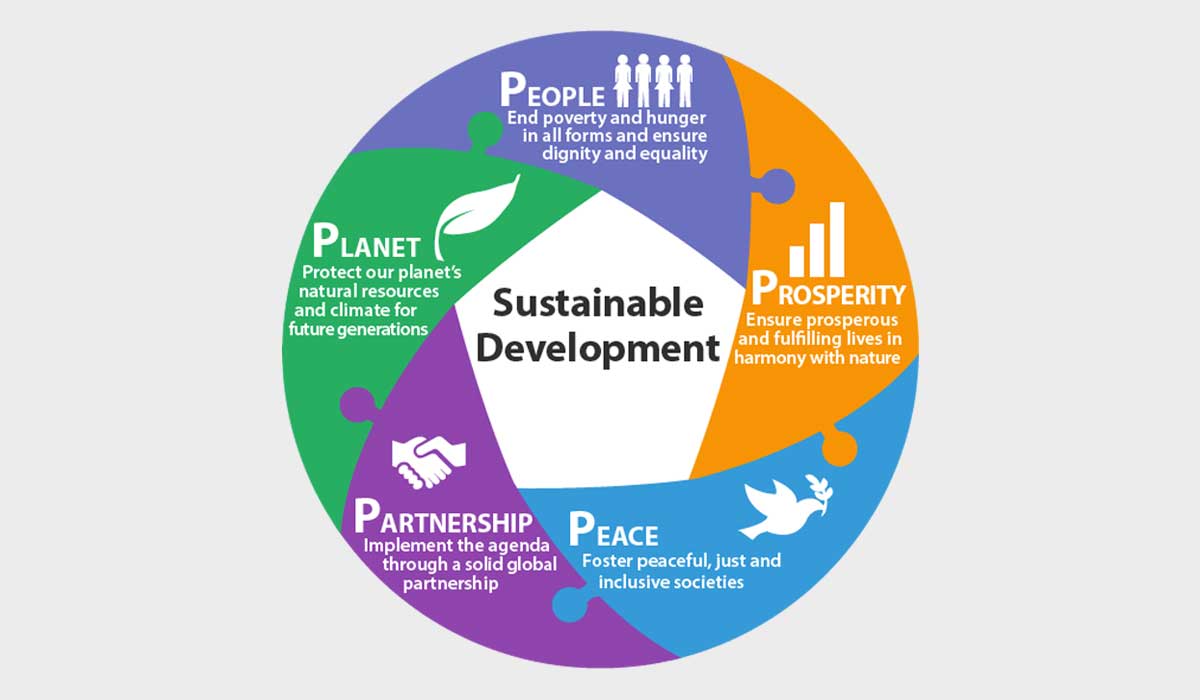What Are The Challenges Of Sustainable Architecture In Developing Countries?

Sustainable architecture is increasingly important in today's world as we strive to make our planet a better place. However, like everything else, sustainable architecture has its challenges and problems. In this post, we will take a closer look at what these challenges and problems are.
Cost
One of the biggest challenges facing sustainable architecture is cost. Building sustainable structures can be more expensive, as it often requires the use of specialized materials and equipment. This can make it difficult for some individuals or organizations to afford and can limit the number of sustainable structures being built.
While the initial cost of building a sustainable structure may be higher, it is important to consider the long-term savings. Sustainable buildings are designed to be energy-efficient, meaning they require less energy to operate, reducing the overall cost of ownership over time. In addition, sustainable buildings often have a longer lifespan than traditional buildings, meaning they require less maintenance and repair over time.
Education
Another challenge facing sustainable architecture is education. Many people are not familiar with sustainable building practices and may not understand the benefits of sustainable structures. This can make it difficult to gain support for sustainable building projects and can limit the number of sustainable structures being built.
Education is key to overcoming this challenge. It is important to educate individuals and organizations about the benefits of sustainable building practices and show them the long-term cost savings associated with sustainable structures. This can help to build support for sustainable building projects and increase the number of sustainable structures being built.
Design
Sustainable architecture also faces challenges when it comes to design. Building sustainable structures requires a different design approach than traditional buildings, and architects may not always be familiar with sustainable design practices. This can make it difficult to design sustainable structures that are both aesthetically pleasing and functional.
Designing sustainable structures requires a holistic approach that takes into account the entire lifecycle of the building. Sustainable structures must be designed to minimize their environmental impact, while still providing a functional and comfortable space for occupants.
Construction Techniques
Another challenge facing sustainable architecture is the use of construction techniques that are not environmentally friendly. Many traditional construction techniques are harmful to the environment and can contribute to climate change.
Sustainable architecture requires the use of construction techniques that are environmentally friendly. This can include the use of renewable materials, such as bamboo or recycled steel, as well as the use of techniques that minimize waste and reduce the carbon footprint of the building.
Availability of Materials
Another challenge facing sustainable architecture is the availability of materials. Some sustainable building materials, such as bamboo or reclaimed wood, may not be readily available in all areas.
This can make it difficult to build sustainable structures in some parts of the world, limiting the global reach of sustainable architecture. It is important to explore alternative materials that are locally available and can be used in place of traditional materials, to make sustainable structures more accessible worldwide.
Government Regulations
Government regulations can also pose a challenge for sustainable architecture. In some cases, government regulations may not be supportive of sustainable building practices, making it difficult to gain approval for sustainable building projects.
To overcome this challenge, it is important to work with government officials and policymakers to advocate for sustainable building practices and educate them about the benefits of sustainable structures. This can help to create a regulatory environment that is supportive of sustainable building practices and increase the number of sustainable structures being built.
Marketing and Branding
The final challenge facing sustainable architecture is marketing and branding. Sustainable architecture is a relatively new concept and may not be as well-known as traditional building practices. This can make it difficult to market sustainable structures and build a brand around sustainable architecture.
Marketing and branding are important for the success of sustainable architecture. It is important to develop a strong brand that is associated with sustainable building practices and to use marketing techniques that are targeted towards individuals and organizations that are interested in sustainability.
FAQ
What is sustainable architecture?
Sustainable architecture is the design and construction of buildings that are environmentally friendly and thus have a minimal impact on the environment. Sustainable architecture aims to reduce the impact of buildings on the environment and to create functional and comfortable spaces for occupants.
Why is sustainable architecture important?
Sustainable architecture is important because it helps to reduce the impact of buildings on the environment. Buildings are responsible for a significant percentage of greenhouse gas emissions and consume a large amount of energy. Sustainable architecture helps to reduce these emissions and can help to create a more sustainable future.
What are the benefits of sustainable architecture?
There are many benefits to sustainable architecture, including reduced energy consumption, lower operating costs, improved indoor air quality, and a reduced carbon footprint.
What are the challenges of sustainable architecture?
The challenges of sustainable architecture include cost, education, design, construction techniques, availability of materials, government regulations, and marketing and branding.
How can we overcome the challenges of sustainable architecture?
We can overcome the challenges of sustainable architecture by educating individuals and organizations about the benefits of sustainable building practices, working with government officials to create a supportive regulatory environment, using locally available materials, and developing a strong brand around sustainable architecture.
Conclusion
Sustainable architecture is a key part of building a more sustainable future, but it is not without its challenges. By overcoming these challenges, we can create more sustainable structures that are better for the environment and better for the people who use them.




Post a Comment for "What Are The Challenges Of Sustainable Architecture In Developing Countries?"